fmw
No longer a newbie, moving up!
One of the advantages of mirrorless cameras is that the distance between lens mount and sensor is less than it is with a camera with a swinging mirror. That means that, with an adapter, you can mount virtually any SLR or DSLR lens to your mirrorless camera body. Here is a shot of my Fuji E2 with an old, inexpensive Nikkor zoom attached to it.

The adapter cost me around $15 and the lens was $30. Since the lens provides no communication with the body you are limited to manual focus and manual or aperture priority metering. All that is required is a lens with an aperture ring.
Most mirrorless cameras provide effective manual focus aids that generally go beyond what manual focus does on a DSLR. Fuji, for instance provides three methods - ground glass, digital split image and contrast highlight. Like many others I prefer the contrast highlight aid. It is easy to use and very effective.
How about image quality? Well, it is no different than that from a DSLR. The lens makes the image, the sensor records it and the digital converter makes a JPEG from the raw file. Below are two test shots made with this camera and lens. The first image is my garden shed and the second one is some greenery from my wife's garden. As you can see, the setup works just fine.


So I have two points to make. The first is that, if you have a mirrorless, get an adapter or two and try your hand at adapted lens photography. The second is that, if you are considering a mirrorless know that a whole world of lenses - perhaps even your own will open up to you. Good shooting.
The adapter cost me around $15 and the lens was $30. Since the lens provides no communication with the body you are limited to manual focus and manual or aperture priority metering. All that is required is a lens with an aperture ring.
Most mirrorless cameras provide effective manual focus aids that generally go beyond what manual focus does on a DSLR. Fuji, for instance provides three methods - ground glass, digital split image and contrast highlight. Like many others I prefer the contrast highlight aid. It is easy to use and very effective.
How about image quality? Well, it is no different than that from a DSLR. The lens makes the image, the sensor records it and the digital converter makes a JPEG from the raw file. Below are two test shots made with this camera and lens. The first image is my garden shed and the second one is some greenery from my wife's garden. As you can see, the setup works just fine.
So I have two points to make. The first is that, if you have a mirrorless, get an adapter or two and try your hand at adapted lens photography. The second is that, if you are considering a mirrorless know that a whole world of lenses - perhaps even your own will open up to you. Good shooting.



![[No title]](/data/xfmg/thumbnail/34/34116-b81991a4a8a532509a981cadbacd573c.jpg?1619736286)
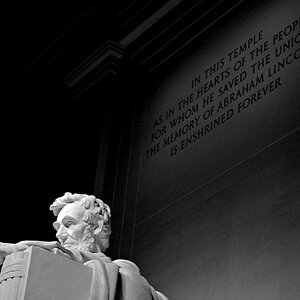
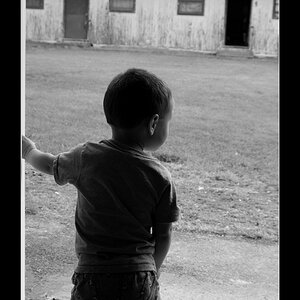

![[No title]](/data/xfmg/thumbnail/34/34077-2933006a1d00efe7d5967044e94e345e.jpg?1619736268)
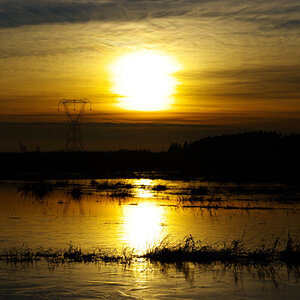


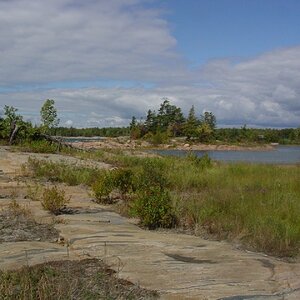
![[No title]](/data/xfmg/thumbnail/34/34075-a2fb0d7352396e58920e196958f6d006.jpg?1619736267)
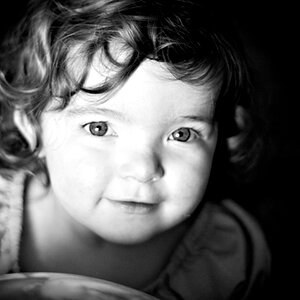
![[No title]](/data/xfmg/thumbnail/35/35959-c7e267b1e7e08d889fe1a4fa28766c11.jpg?1619737274)